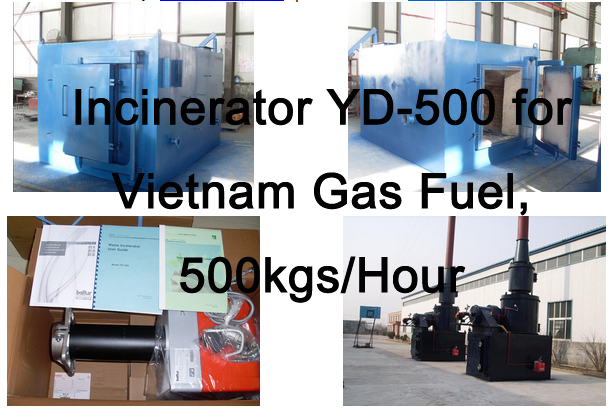Cremation is becoming an increasingly popular method of handling the remains of a loved one after they have passed away. It is a more eco-friendly and cost-effective option when compared to traditional burial. But have you ever stopped to wonder how the cremation process actually works?
Modern cremation machines, also known as cremators, have become sophisticated pieces of technology that efficiently and respectfully carry out the cremation process. These machines are specifically designed to handle human remains and are subject to strict regulations and oversight to ensure that the process is conducted in a dignified and ethical manner.
The cremation process typically begins with the body being placed inside the cremation chamber. The chamber is then heated to a very high temperature, usually between 1,400 and 1,800 degrees Fahrenheit. This high heat, combined with the controlled air flow within the chamber, causes the body to undergo a chemical and physical transformation, reducing it to bone fragments and ashes.
The amount of time it takes for the cremation process to be completed can vary depending on factors such as the size and weight of the body, as well as the type of cremation equipment being used. However, on average, the entire process usually takes around 2 to 3 hours to complete.
One of the key components of modern cremation machines is their ability to efficiently and effectively manage the emissions that are generated during the cremation process. Cremators are equipped with advanced filtration systems and emission control devices to minimize the release of pollutants into the atmosphere. This is in line with environmental regulations and ensures that the process is as environmentally friendly as possible.
In addition to the environmental considerations, modern cremation machines also prioritize the respectful handling of the remains. Once the cremation process is complete, the bone fragments are then carefully removed from the chamber and placed in a specialized machine called a cremulator. This machine reduces the bone fragments to a fine powder, which is then placed in a container and returned to the family of the deceased.
Overall, modern cremation machines have revolutionized the cremation process, making it a more efficient, environmentally friendly, and respectful option for handling the remains of a loved one. These machines are designed with the utmost care and consideration for both the deceased and their loved ones, providing a dignified and meaningful way to say goodbye.



